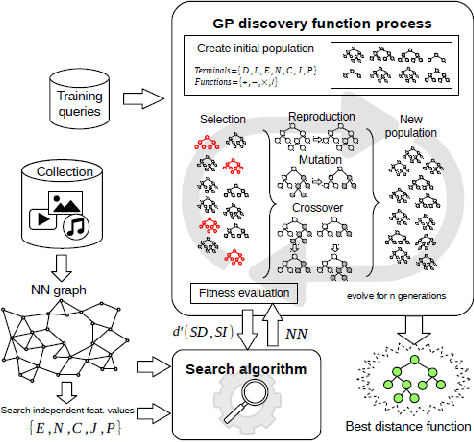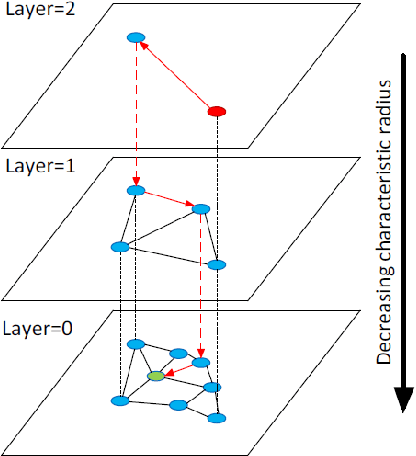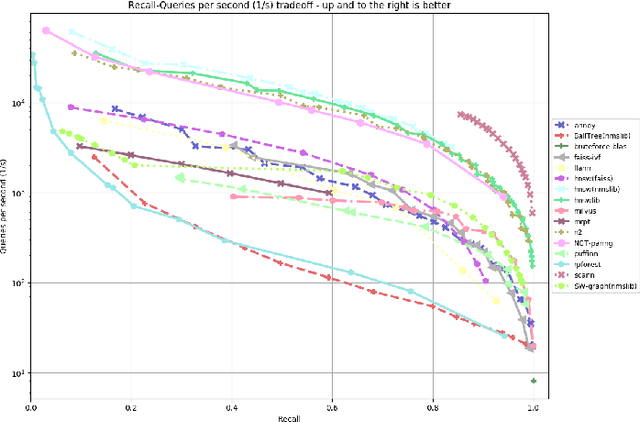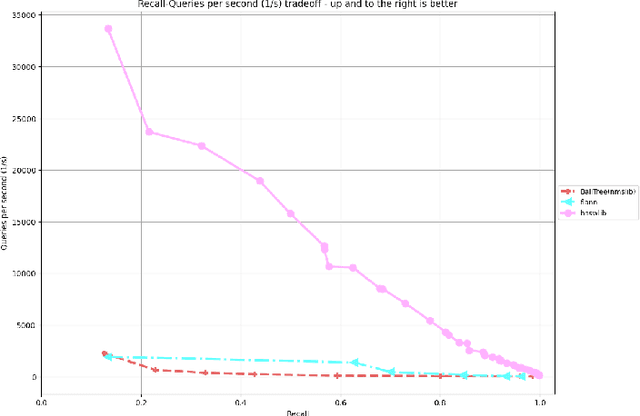Christoph Peter Balada
Revisiting the Shape-Bias of Deep Learning for Dermoscopic Skin Lesion Classification
Jun 13, 2022



Abstract:It is generally believed that the human visual system is biased towards the recognition of shapes rather than textures. This assumption has led to a growing body of work aiming to align deep models' decision-making processes with the fundamental properties of human vision. The reliance on shape features is primarily expected to improve the robustness of these models under covariate shift. In this paper, we revisit the significance of shape-biases for the classification of skin lesion images. Our analysis shows that different skin lesion datasets exhibit varying biases towards individual image features. Interestingly, despite deep feature extractors being inclined towards learning entangled features for skin lesion classification, individual features can still be decoded from this entangled representation. This indicates that these features are still represented in the learnt embedding spaces of the models, but not used for classification. In addition, the spectral analysis of different datasets shows that in contrast to common visual recognition, dermoscopic skin lesion classification, by nature, is reliant on complex feature combinations beyond shape-bias. As a natural consequence, shifting away from the prevalent desire of shape-biasing models can even improve skin lesion classifiers in some cases.
Leveraging Reinforcement Learning for evaluating Robustness of KNN Search Algorithms
Feb 10, 2021



Abstract:The problem of finding K-nearest neighbors in the given dataset for a given query point has been worked upon since several years. In very high dimensional spaces the K-nearest neighbor search (KNNS) suffers in terms of complexity in computation of high dimensional distances. With the issue of curse of dimensionality, it gets quite tedious to reliably bank on the results of variety approximate nearest neighbor search approaches. In this paper, we survey some novel K-Nearest Neighbor Search approaches that tackles the problem of Search from the perspectives of computations, the accuracy of approximated results and leveraging parallelism to speed-up computations. We attempt to derive a relationship between the true positive and false points for a given KNNS approach. Finally, in order to evaluate the robustness of a KNNS approach against adversarial points, we propose a generic Reinforcement Learning based framework for the same.
 Add to Chrome
Add to Chrome Add to Firefox
Add to Firefox Add to Edge
Add to Edge